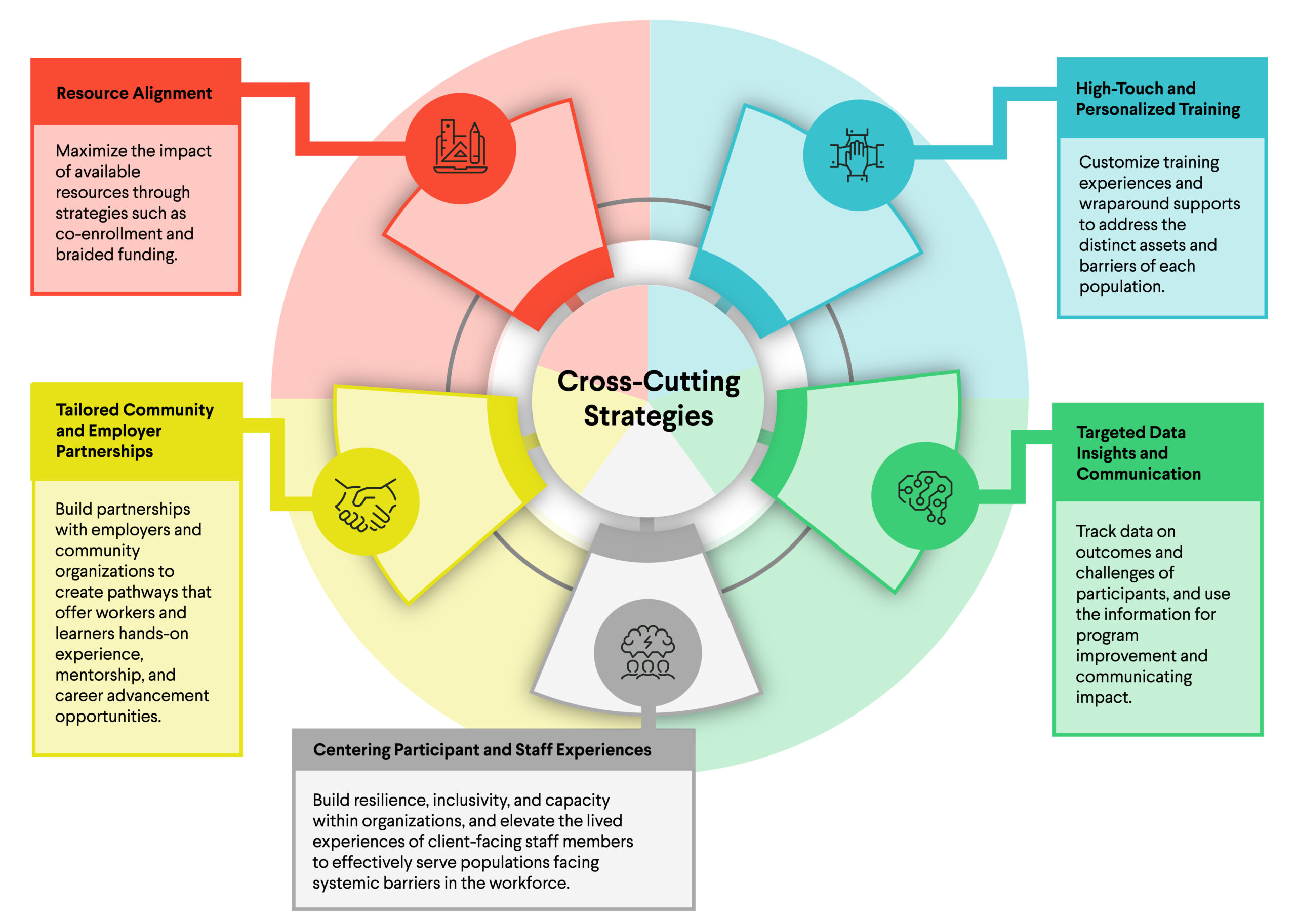For Daniel Allen, being a Buffalo Crew Member with the Forestry and Fire Recruitment Program (FFRP) is more than just a job—it’s a mission. As a former participant in FFRP’s Career Training Program focused on preparing formerly incarcerated Californians for careers as firefighters and forestry technicians, he understands the power of second chances. As a crew member, he now participates in fire prevention and fire suppression projects throughout the western United States. He also trains future crew members, continuing to inspire and mentor others who have faced similar barriers. This work has been transformative for Allen and many others. “I literally love what I do because it changes lives,” he says.
Across California, workforce organizations are transforming lives by implementing population-specific strategies that connect people facing barriers to stable, high-quality jobs. For FFRP, the values of community-centered work and honoring lived experiences are central to their mission. By providing training, skills, and resources for people with records of incarceration, FFRP helps them transition into stable jobs as firefighters and forestry technicians, all while fostering a culture of inclusion and respect for their unique experiences.




